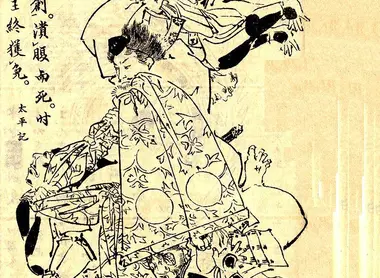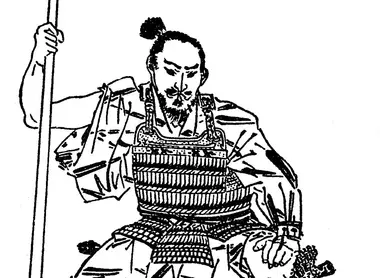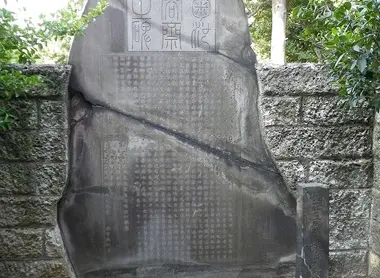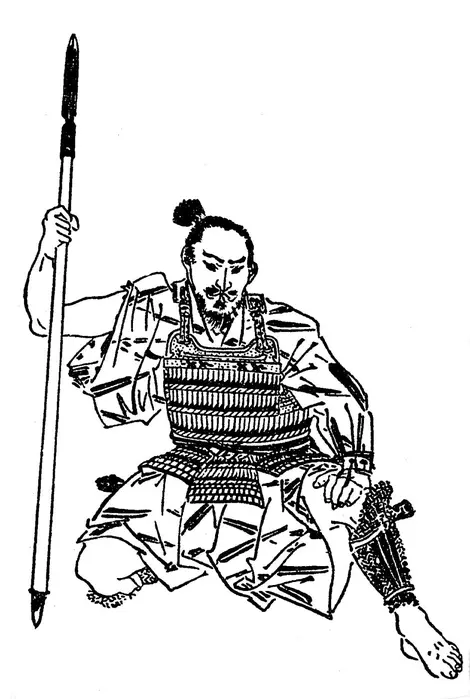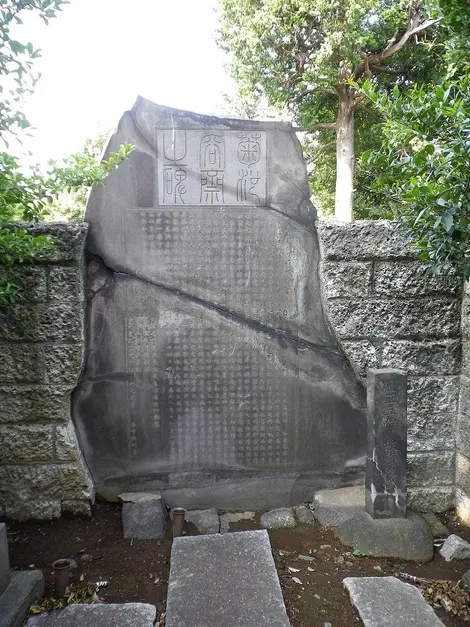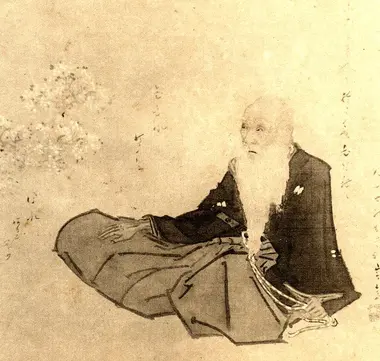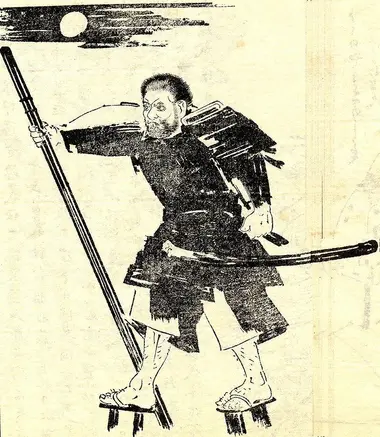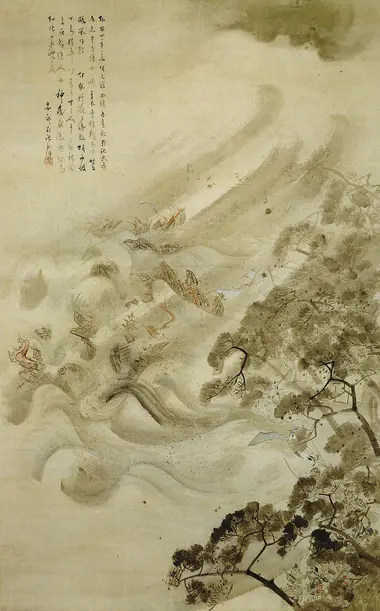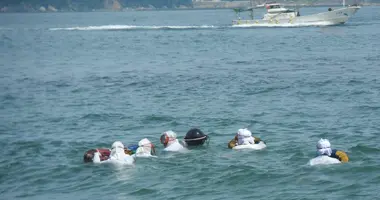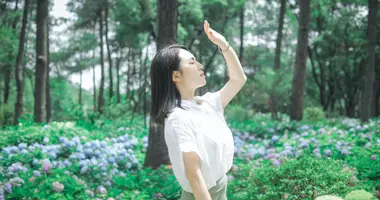Kikuchi Yosai 菊池容斎
- Published on : 20/02/2019
- by : S.R.
- Youtube
Japan in monochrome
Kikuchi Yosai is a Japanese artist from the last period of the Edo era (1603 - 1868), a contemporary of the great masters of ukiyo-e, Utagawa Hiroshige and Katsushika Hokusai. Unlike the latter, Kikuchi Yosai owes its reputation to its monochromes of historical figures.
At the crossroads of several influences
Kikuchi Yosai (1781 -1878) is an artist of noble descent since he was born into a family of samurai (the Kawahara), in Edo.
He began studying painting at 18, becoming a student of Takada Enjo. During this period, he will study and assimilate the painting techniques of several Chinese, Western, and of course Japanese schools. For example that Kano, is known for its large-scale paintings on screens or sliding doors as well as for its monochromes in Indian ink.
It should be noted that other influences can be found, such as that of the Shijo school, which developed a realism borrowed from Westernism in reaction to the formal rigidity of traditional Japanese schools.
- Read also: Zen monochrome painting
The painting of history
Kikuchi Yôsai is a painter specializing in "rekishi-ga" or history paintings.
For the needs of his art, he carried out extensive historical and archaeological research (particularly in the region of Kinki, the former name of Kansai) with old families possessing documents and paintings as well as old temples and shrines.
The result of this work is particularly exemplary in the "zenkenkojitsu", or "practices and customs of wise men", in which Kikuchi Yosai compiled the biographies of 585 members of the imperial family as well as various personalities. Those biographies are embellished with portraits.
- Read also: Osaka History Museum
Zenken Kojitsu and his posterity
The portraits made by Kikuchi Yosai are inspired both by artists of the past and by representations of models he has posed.
The historical characters represented are either in kimono, seated in a traditional position, in full ceremonial dress, or, for some, in warrior guise, on horseback, wielding a bow or a sword.
The artist became a reference at the beginning of the Meiji era for historical artists. It also becomes so at the educational level for the illustrations of many history textbooks, produced by artists steeped in the work of Kikuchi Yosai.
- Read also: Museums and galleries in Japan
